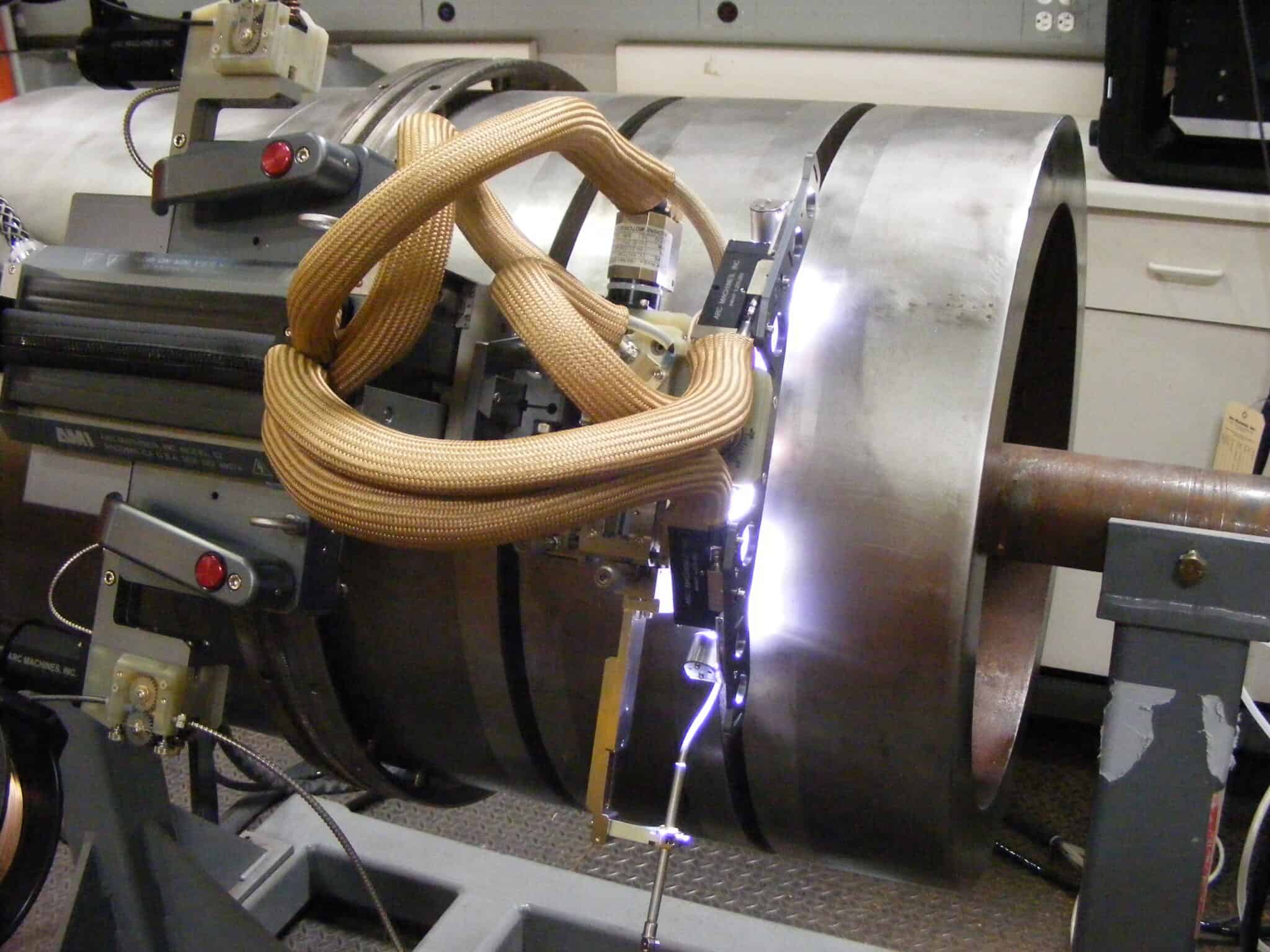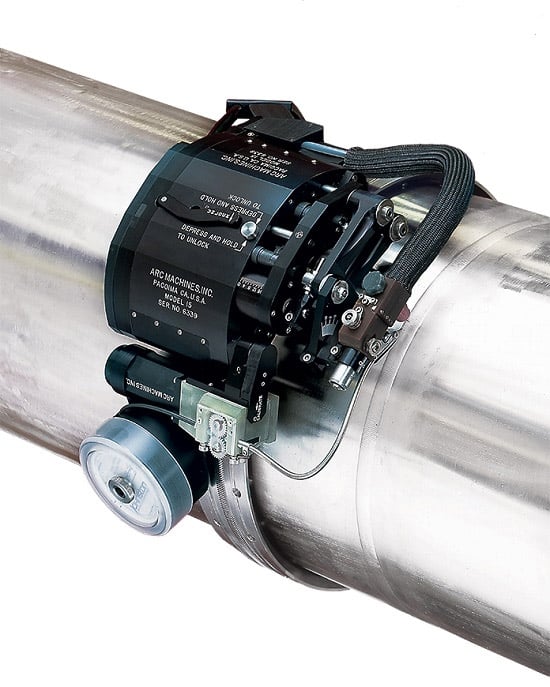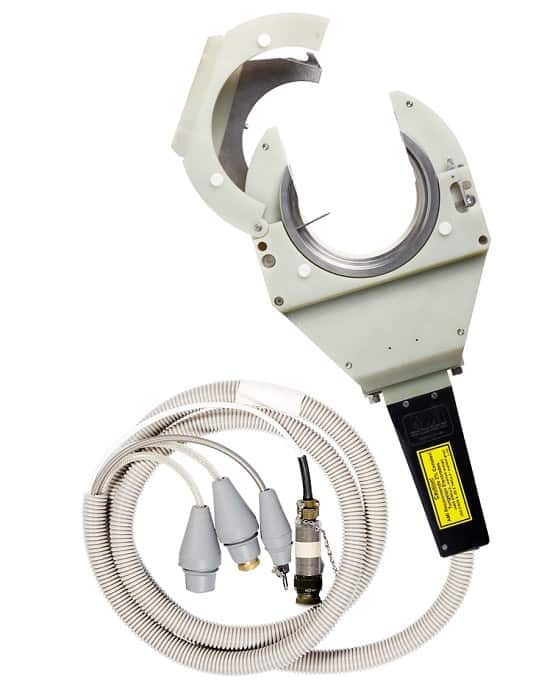The practice of welding to join two pieces of metal can be traced to the Bronze Age with the evidence of welded gold boxes. Since then, welding has experienced a long series of innovations. Notable achievements include the discovery of the gas welding process in the nineteenth century and arc welding in the twentieth century. In recent years, welding has progressed through the rise of collaborative robots (cobots), the Internet of Things (IoT), and Artificial Intelligence (AI).
Today, many industries employ orbital welding for custom welding solutions. With cutting-edge welding technology, AMI has helped manufacturers from a wide range of industries meet their unique welding challenges. Listed below are many of the industries where AMI provides welding process innovation and support.




